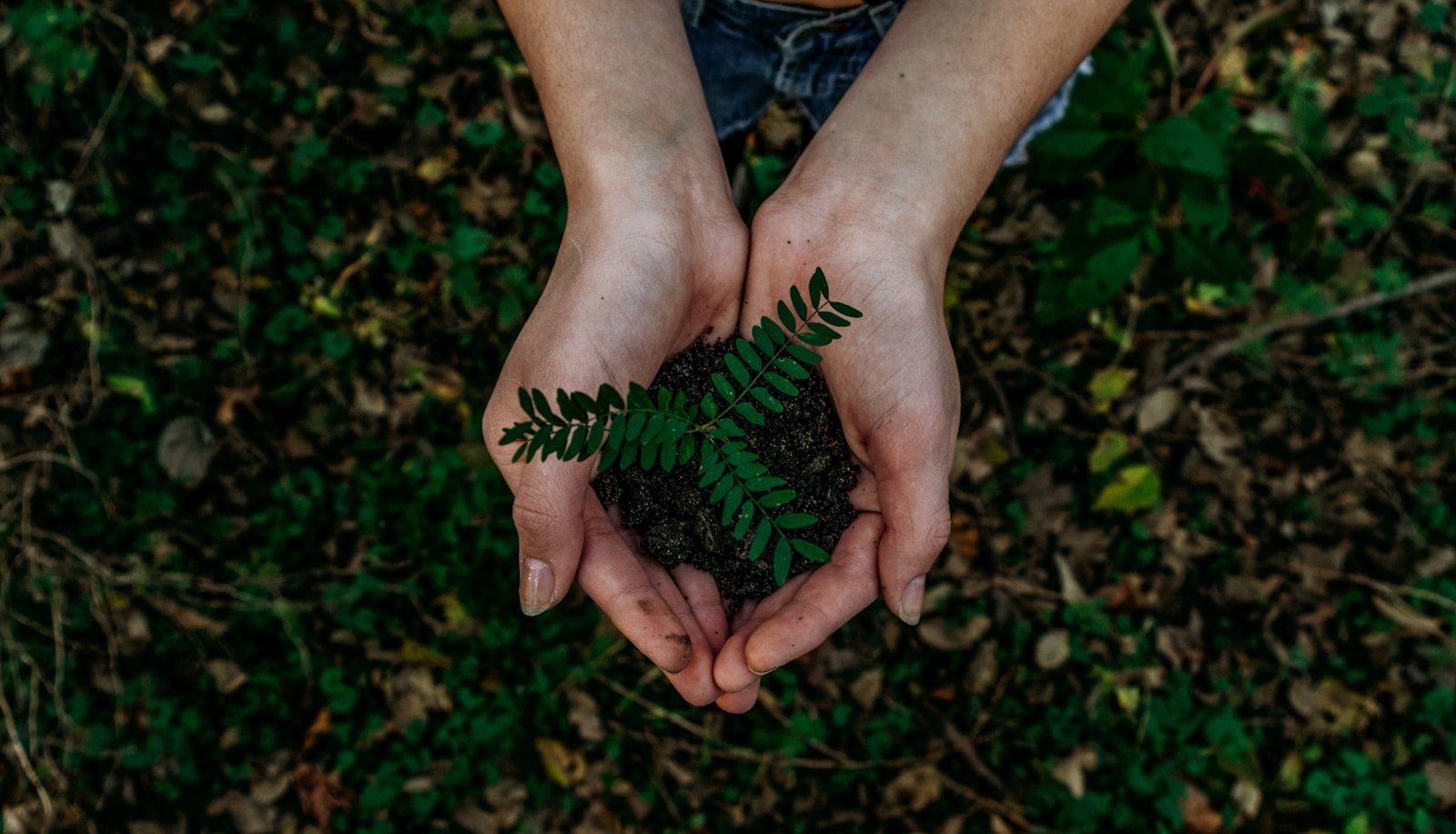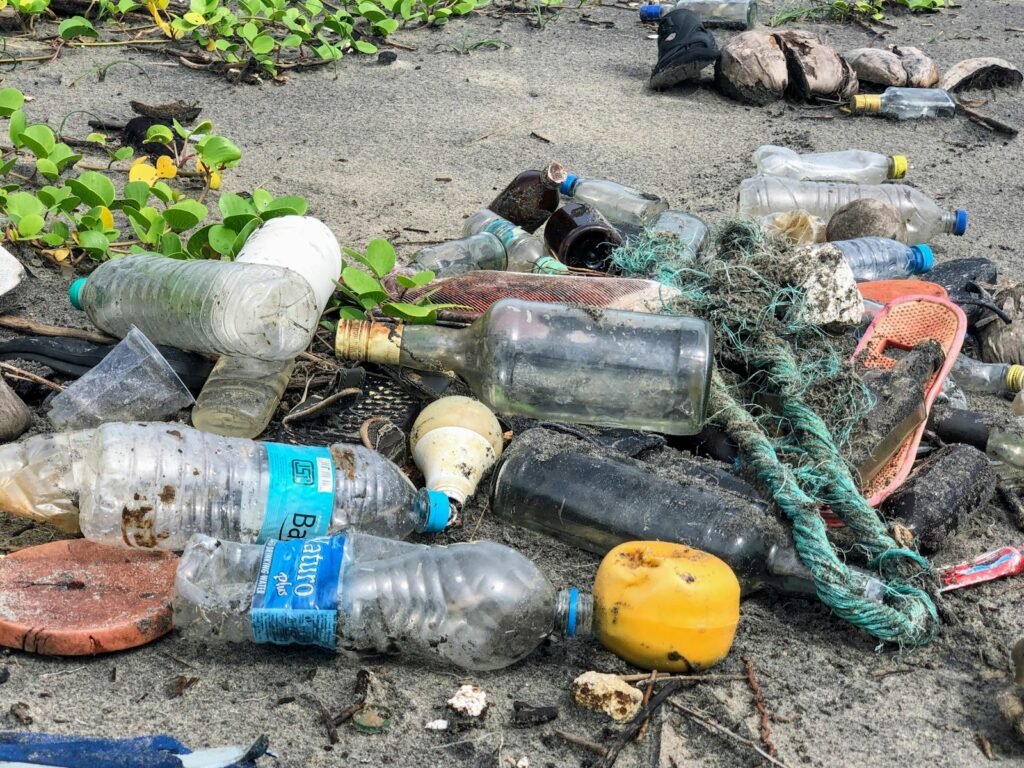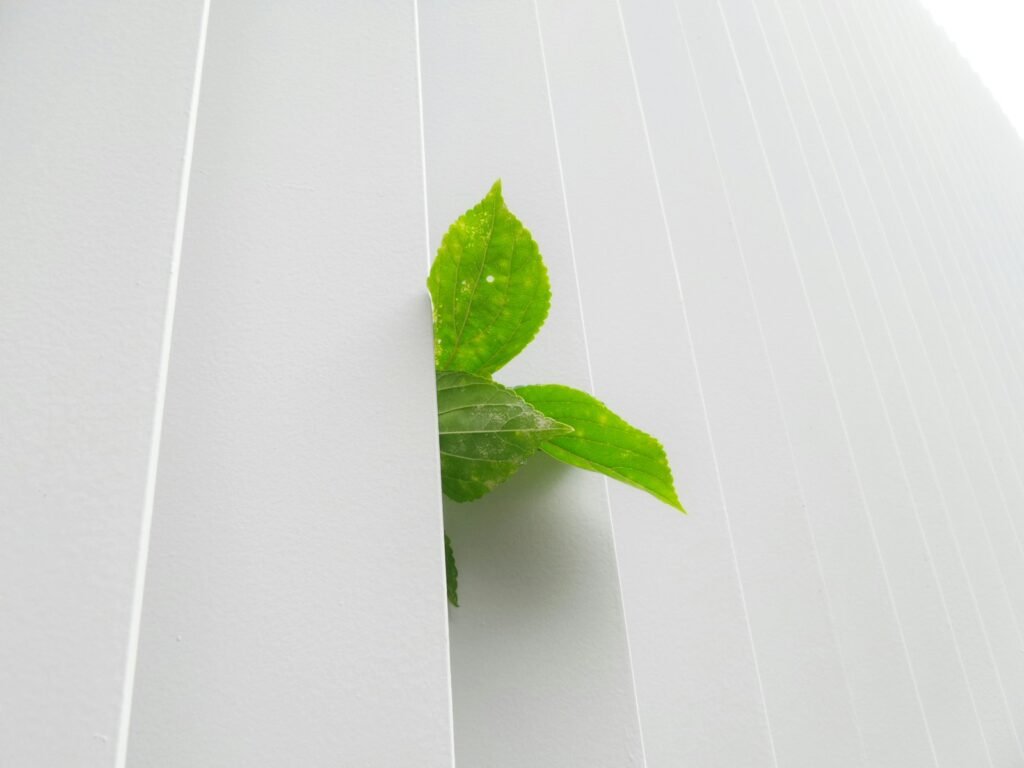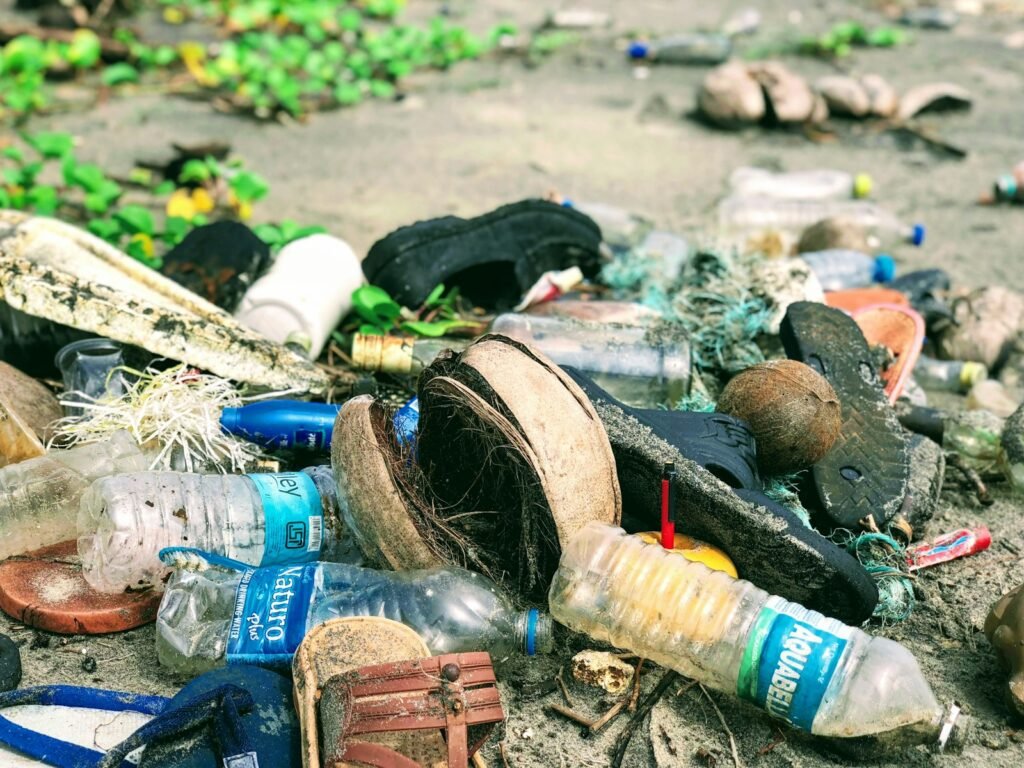Sustainability isn’t about making a single dramatic change overnight. It’s about building habits that stick—small, consistent choices that add up over time. The truth is, most people don’t fail because they lack motivation. They fail because they try to do too much too soon.

This 10-day plan is designed to avoid that trap. It’s not about perfection. It’s about momentum. Each day introduces one actionable shift that fits into your existing life, not one that upends it. You don’t need a new home, a full wardrobe overhaul, or a radical diet change. You just need to take one step forward—every single day.
Day 1: Audit Your Current Habits
Start by looking inward. Grab a notebook or open a digital document. Don’t judge yourself—just observe.
Ask:
- How much plastic do I use in a week?
- How often do I leave lights or electronics on?
- What kind of food waste do I generate?
Be honest. This isn’t about shame—it’s about clarity. Once you know where you are, you can decide where you want to go.
Set one clear, measurable goal. For example:
- “I will stop using plastic water bottles for 10 days.”
- “I will plan my meals to reduce food waste.”
Write it down. This simple act increases your commitment by up to 40%.
Day 2: Replace One Single-Use Item
Pick one disposable item you use daily. It could be a water bottle, coffee cup, shopping bag, or takeout container.
On this day, replace it with a reusable alternative. Keep it visible—on your desk, in your car, or by the door.
You don’t need to buy everything at once. One swap is enough. The goal isn’t to eliminate all waste today. It’s to create a new pattern: I choose reusables over disposables.
This small act builds a mental shift. You’re not just reducing waste—you’re redefining your relationship with consumption.
Day 3: Plan Meals to Prevent Waste
Food waste is one of the biggest environmental burdens in households. Half of all food produced globally never gets eaten.
Today, take 15 minutes to plan three meals using what you already have. Check your fridge, pantry, and freezer.
- Use up leftover vegetables in a stir-fry.
- Turn old bread into croutons or breadcrumbs.
- Cook in bulk and store portions for later.
This isn’t about eating “perfectly” or eating only raw kale. It’s about respecting what you already have.
The habit of planning reduces impulse buys, saves money, and cuts down on trash. Start small: just three meals. The rest will follow.
Day 4: Reduce Energy Use in Daily Routines
Energy consumption is invisible—but it has a real footprint.
Today, focus on one behavior: turning things off.
- Turn off lights when leaving a room.
- Unplug chargers, coffee makers, and small appliances after use.
- Use natural light during the day.
You don’t need to switch to solar panels or install a smart thermostat. Just notice what’s running unnecessarily.
Try this: Set a 10-minute “energy check” at the end of the day. Walk through your home and see what’s still on.
Over time, this awareness becomes automatic. You’ll start noticing patterns—like how your phone charger stays plugged in all night. That’s the moment you know you’re building a new habit.
Day 5: Practice the 24-Hour Rule for Purchases
Want to reduce consumption? Stop the impulse.
Before buying anything non-essential—clothing, gadgets, decor, snacks—wait 24 hours.
Use that time to ask:
- Do I truly need this?
- Could I borrow, swap, or repair it instead?
- Is there a more sustainable option?
This rule isn’t about deprivation. It’s about intention. It gives your brain space to decide between want and need.
Many times, the desire fades. Even when it doesn’t, you’ll have time to consider alternatives—like secondhand, local, or repairable options.
Day 6: Conserve Water in Everyday Actions
Water is a finite resource, even in places where it seems abundant.
Today, focus on two habits:
- Turn off the tap while brushing your teeth or shaving.
- Use a bucket to catch shower water and use it to water indoor or outdoor plants.
Even small actions matter. Leaving the tap running while brushing wastes up to 4 gallons per minute. That adds up quickly.
Try tracking how much water you save. Not for a scorecard—but to build awareness.
You’ll notice how much water you use without thinking. Once you see it, you’ll start making adjustments naturally.
Day 7: Clean Up Your Digital Footprint
Sustainability isn’t just about physical waste. Your digital life has an environmental cost.
Servers, data centers, and cloud storage consume massive energy.
Today, reduce your digital clutter:
- Unsubscribe from three newsletters you no longer read.
- Delete old photos, files, and emails you don’t need.
- Clear your browser cache and delete unused apps.
This isn’t just about space. It’s about reducing demand on energy-intensive systems.
The more clutter you remove, the lighter your digital load becomes. It’s a quiet form of resistance to overconsumption.
Day 8: Reimagine Your Daily Commute
Transportation is one of the largest contributors to personal carbon emissions.
Today, try a different way to get where you’re going.
- Walk or bike for one trip.
- Take public transit instead of driving.
- Carpool with a friend or coworker.
If your commute is long, even small changes count.
You don’t have to give up convenience. Just experiment. Try one alternative. Notice how it feels.
You might discover that walking gives you more mental clarity. Or that a bus ride lets you read without distractions. These subtle shifts add up to meaningful change.
Day 9: Connect with Others Who Care
Sustainability isn’t a solo journey. Community strengthens commitment.
Today, do one thing to connect:
- Join a local clean-up event.
- Attend a swap meet or repair café.
- Talk to a friend about your 10-day plan.
Sharing your experience builds accountability. It also reminds you that you’re not alone.
You don’t need to organize a movement. Just participate. Be present. Listen. Learn.
This is where motivation becomes shared purpose.
Day 10: Reflect, Celebrate, and Plan Forward
You’ve made it.
Now, pause. Look back.
- Which habit felt easy?
- Which one surprised you?
- What did you learn about your own behavior?
Celebrate your progress—not with a fancy meal or new purchase, but with something simple:
- A walk in nature.
- A quiet moment with tea.
- Writing down your win in your journal.
This isn’t the end. It’s the beginning of a new rhythm.
Now, set your next 10-day goal. Maybe it’s starting a compost bin. Maybe it’s eating plant-based meals three times a week. Or learning to repair clothes instead of replacing them.
Whatever it is, keep going. The pattern is what matters.
You’re Building a Life, Not Just a Routine
Sustainability isn’t a checklist. It’s a way of living—one that values intention, care, and long-term thinking.
The 10 days you’ve just completed aren’t an event. They’re a foundation.
Each habit you’ve built is a thread in a larger fabric: a life that respects the planet, uses fewer resources, and leaves space for joy, clarity, and connection.
You don’t need to be perfect. You just need to be consistent.
And that’s exactly what you’ve done.







